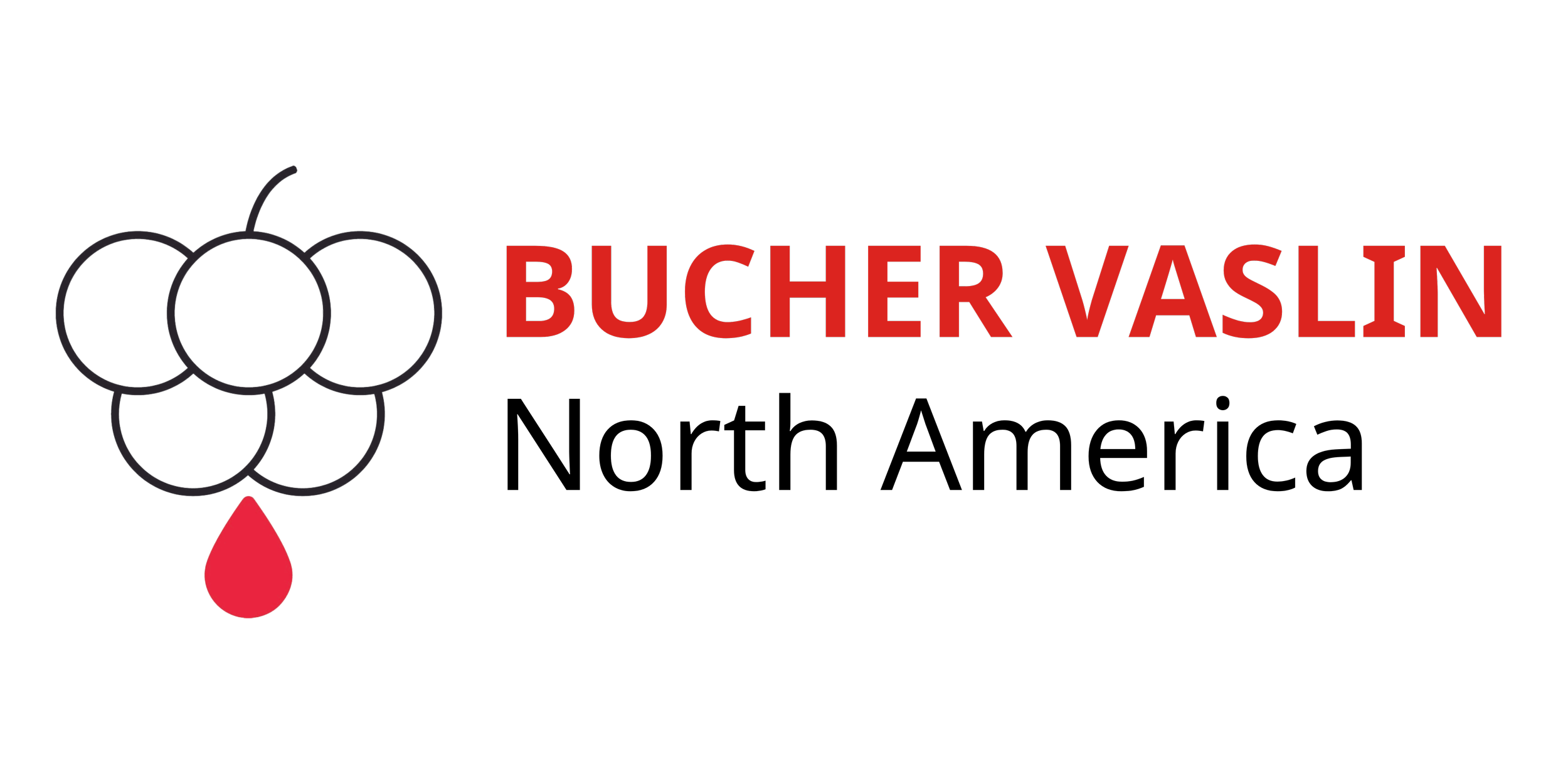Nutrients
Understanding the nutritional requirements of yeast is fundamental to accomplish successful fermentations and prevent stuck fermentations. Managing nutrient requirements allows for regular and complete fermentations, as well as minimizing sulfur compound production, such as H2S, and enhancing sensory qualities.
WHAT NITROGEN FORMS ARE NATURALLY PRESENT IN GRAPES?
Grapes contribute nitrogen in the form of proteins, peptides, alpha amino acids, and ammonium ions. Yeast Assimilable Nitrogen (YAN) in grapes comprises about 25-33% mineral nitrogen and 67-75% organic nitrogen.
WHAT ARE YEAST NUTRITIONAL NEEDS?
Yeast requires Assimilable Nitrogen (YAN), vitamins, mineral salts, sterols, and long-chain unsaturated fatty acids for successful fermentation. These compounds influence yeast metabolism, fermentation kinetics, and wine organoleptic profiles.
Vitamins have a role in cell growth, fermentation activity, and nitrogen metabolism. Minerals impact yeast fermentative metabolism. Sterols and unsaturated fatty acids help yeast survive and resist stress. Yeast assimilable nitrogen (YAN) is composed of amino acids (organic nitrogen) and ammonium ions (inorganic nitrogen). Yeast use nitrogen for growth, structural protein synthesis, cell wall components, enzyme synthesis, and sugar transport.
WHY USE ORGANIC NITROGEN FOR YEAST NUTRITION?
Organic nitrogen has been shown to be 3-5 times more efficient when compared to equivalent nitrogen values of DAP (ammonium ions). When complex nutrient strategies include organic forms of nitrogen the kinetics are more controlled with less likelihood of heat spikes when compared to just straight DAP additions. Less stress on the yeast can help minimize off-aroma (volatile acidity, sulfurous off- notes) production during fermentation. Yeast can also use amino acids to synthesize esters and acetates.
WHY USE A YEAST REHYDRATION NUTRIENT?
Yeast rehydration is critical for fermentation success. Adding yeast derivatives like OENOSTIM® during rehydration improves yeast condition by providing vitamins, minerals, amino acids, lipids, and sterols. This enhances fermentation kinetics, especially in the second half.
WHICH FACTORS SHOULD BE CONSIDERED FOR YEAST NUTRITION?
Temperature: An increase in temperature stimulates yeast growth and fermentation rate, thereby requiring increased levels of nitrogen. Turbidity: Juice clarification eliminates some nutrients, sterols and fatty acids essential for yeast survival. Fruit affected by mold requires more amino acids and vitamins than healthy fruit. Yeast strains: Each yeast strain has specific nutritional requirements.
WHEN IS A NUTRIENT ADDITION TOO LATE IN FERMENTATION?
Nutrient additions in the last phase (less than 8° Brix) may not be fully utilized by stressed yeast. Late additions risk increased residual YAN, which can be available for spoilage microorganisms during aging. For late sluggish fermentations, ACTIBIOL® is recommended.
HOW MUCH YAN IS NEEDED?
Generally, a minimum YAN of 150 mg/L is required to build sufficient yeast biomass for fermentation. The initial sugar content (°Brix) and initial YAN of juice are essential to determine the proper nutrition supplementation. The formula for a quick calculation is: YAN needed (mg/L) = °Brix x 10.
ARE NUTRIENTS NEEDED FOR HIGH INITIAL YAN LEVELS IN MUST?
Yes, high YAN in musts (>300 ppm) requires additional organic nutrients around 1/3 of fermentation to support the large yeast biomass, ensuring a healthy fermentation. OPTIFLORE® O is recommended for essential micronutrients.
WHAT IS THE DIFFERENCE BETWEEN INACTIVATED YEASTS, YEAST CELL WALLS, YEAST DERIVATIVES, AND YEAST PRODUCTS?
Yeast-derived products encompass inactivated cells, cell walls, and cell interiors, each serving unique functions in winemaking. Inactivated yeasts are whole cells used in nutrition, detoxification, and products like AROMA PROTECT®. Yeast autolysates are intracellular contents used for various purposes. Yeast cell walls contain essential components and can be used for detoxification or to improve mouthfeel when extracted.
